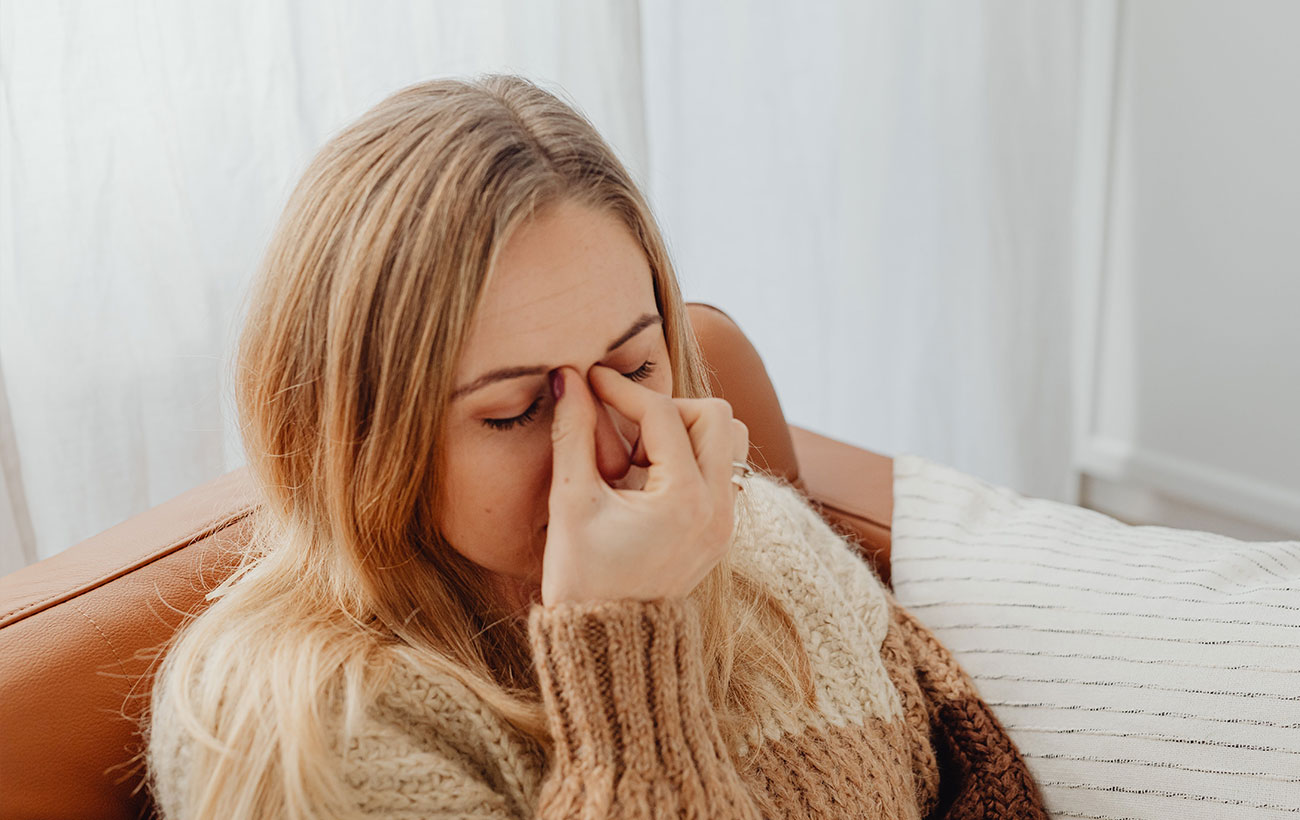
Are your headaches coming from your neck?
Some of you might not believe it at first, but yes headaches can originate from the neck. These are called cervicogenic headaches. Broken down from latin cervico = neck, genic = origin. These are different to migraines and should be treated as such.
The explanation for this requires pretty advanced anatomical lessons but here is the most simplified version: pain signals from the C1/2/3 vertebrae get confused in the neck with the areas of sensation across the head. So when there is sensation from these joints, the brain actually feels the symptoms in the head instead, or as well as the neck despite there being nothing wrong in the head.
Each of the joints above typically correlates with the same area of pain in the head across the population which can make it quite easy for us to recognise, diagnose and treat.
C0-1 – Behind the eye
C1-2 – Forehead
C2-3 – Side of head or base of skull (occiput)
Clients with headaches like this will typically present with a constant area for their headache that will often be related to symptoms in the neck. The head symptoms can also be effected by changing positions of the neck which is a key diagnostic feature.
It is important to know about these because so many people suffer from them but aren’t aware that there are easy and simple management steps that can help.
Treatment can include:
- Ergonomic assessment and changes
- Manual therapy to the spinal joints
- Dry needling, trigger point release or soft tissue massage
- Home exercises based at correcting muscle tightness/imbalances
- Correcting or modifying postures during aggravating movements like gym
- Education on medication and timings
Manual therapy is a great tool to try and help desensitise the joints to movement that can sometimes have instant results. This is a very delicate process and requires a technically brilliant therapist. Dry needling is super effective at releasing muscle tension without creating the discomfort necessary for massage to be effective. Exercise prescription is then necessary to help the muscles either stability the joints or hold them in a better position.
You should always seek help from a trained professional who is confident in managing this condition because some people who try and do the above themselves can sometimes make their symptoms worse.
If you have suffered from these or know someone who has then why not book online to see any of our specialists today! We all spend training sessions together going over all the above treatment options to make sure we can help.
